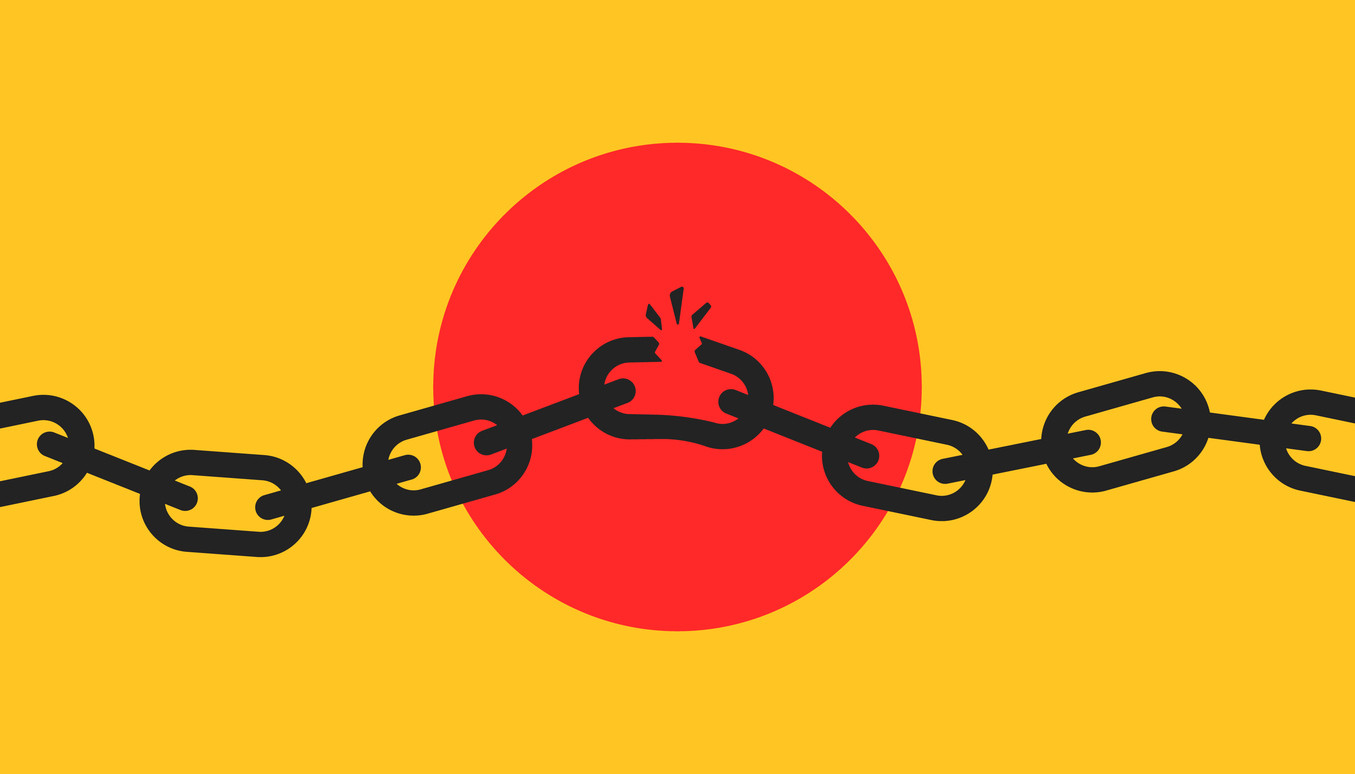How World Events Can Disrupt Your Procurement Process
Buyer News | 07-10-2024 | By Mouser Electronics
 A strong procurement process is essential for maintaining competitiveness and meeting deadlines in the electronics industry. However, global supply chains are often exposed to various disruptions, from economic challenges to natural disasters.
A strong procurement process is essential for maintaining competitiveness and meeting deadlines in the electronics industry. However, global supply chains are often exposed to various disruptions, from economic challenges to natural disasters.
Events such as economic downturns, political shifts, and environmental changes can cause supply chain delays, price fluctuations, and shortages. A global recession might lead to increased material costs, while political events could result in tariffs or trade restrictions. Natural disasters and unforeseen crises like pandemics further emphasise the vulnerabilities of supply networks. In addition, cyber threats and stricter environmental regulations add to the complexity of procurement.
Being aware of these potential challenges and planning accordingly can help procurement teams maintain flexibility and ensure continuity of supply.
Events That Could Impact Your Procurement Strategy
Economic Crises
Economic crises often disrupt procurement efforts, as seen during the 2008 financial crisis, where demand for electronic components plummeted, leading to production cuts and supply shortages. Currency fluctuations also contribute to cost increases, making imports more expensive.
To manage these risks, it’s important to diversify supplier relationships and monitor economic trends. Currency hedging strategies can also help mitigate the effects of exchange rate volatility.
Political Instability
Political events can significantly disrupt supply chains. For instance, during the 2018 US-China trade dispute, tariffs on electronic components led to higher costs and forced businesses to reassess their supply routes. Sanctions can further restrict access to vital materials, like rare earth elements.
Procurement professionals should monitor trade policies and geopolitical developments. Friendshoring—sourcing from politically stable or allied countries—can be a valuable strategy, along with contingency plans that include alternative suppliers and routes. Ensuring suppliers adhere to international sanctions is also crucial for avoiding disruption.
Natural Disasters
Natural disasters can severely impact manufacturing and transportation. The 2011 earthquake and tsunami in Japan, for example, led to significant global shortages of electronic components. Similarly, hurricanes and floods can disrupt shipping and production.
To minimise risk, it’s essential to have suppliers in diverse locations and develop alternative sourcing strategies to ensure continuity in the event of a disaster.
Industrial Accidents
Factory accidents, such as fires or equipment failures, can halt production for extended periods. One notable example involved a fire at a semiconductor facility, which caused global shortages and delayed production by months.
It’s important to evaluate suppliers’ safety protocols and have contingency plans with backup suppliers in different regions to reduce the risk of disruption.
Weather-Related Events
Weather-related disruptions, such as droughts and unusually freezing temperatures, can impact manufacturing supply chains and shipping capabilities, as we saw in Taiwan and the United States in 2021. Taiwan is a significant player in the global semiconductor industry, and in 2021, it faced its worst drought in 56 years. When the water availability at the Baoshan No. 2 Reservoir, a primary water source for semiconductor production, reached just 7 percent, it hindered the industry, affecting global manufacturing.
In February 2021, the United States experienced a severe winter storm that covered 73 percent of the country in snow. This polar vortex hit Texas quite hard and resulted in power outages and equipment damage. This event forced many facilities to shut down for almost a month. Because the state is a major hub for a variety of industries, such as oil and gas, electronics, and aerospace, the weather disruption caused a drop of more than 2 percent in US industrial production and a 3.1 percent drop in manufacturing output that February.
As with hurricanes and tsunamis, it's necessary to evaluate the geographic and climatic risks associated with your suppliers and develop alternate plans. Of course, some incidents can seem unexpected (like a big freeze in Texas), but planning for the unknown or seemingly impossible is still helpful.
Cyber Threats
Cyberattacks can disrupt supply chains by compromising data security or halting production. Ensuring that suppliers follow robust cybersecurity practices and conduct regular audits can help minimise these risks.
Environmental Regulations
Stricter environmental regulations, such as the EU’s RoHS directive, are affecting production and increasing costs. Procurement teams need to ensure that suppliers comply with these regulations and adopt sustainable practices to meet both legal requirements and growing consumer expectations.
Conclusion
While disruptions are inevitable, taking proactive steps can help reduce their impact. Establishing strong supplier relationships, ensuring compliance with safety and environmental standards, and preparing for unforeseen challenges will help maintain a steady supply of components.
This article has been adapted from content originally published by Mouser Electronics. For the original version, visit here.

